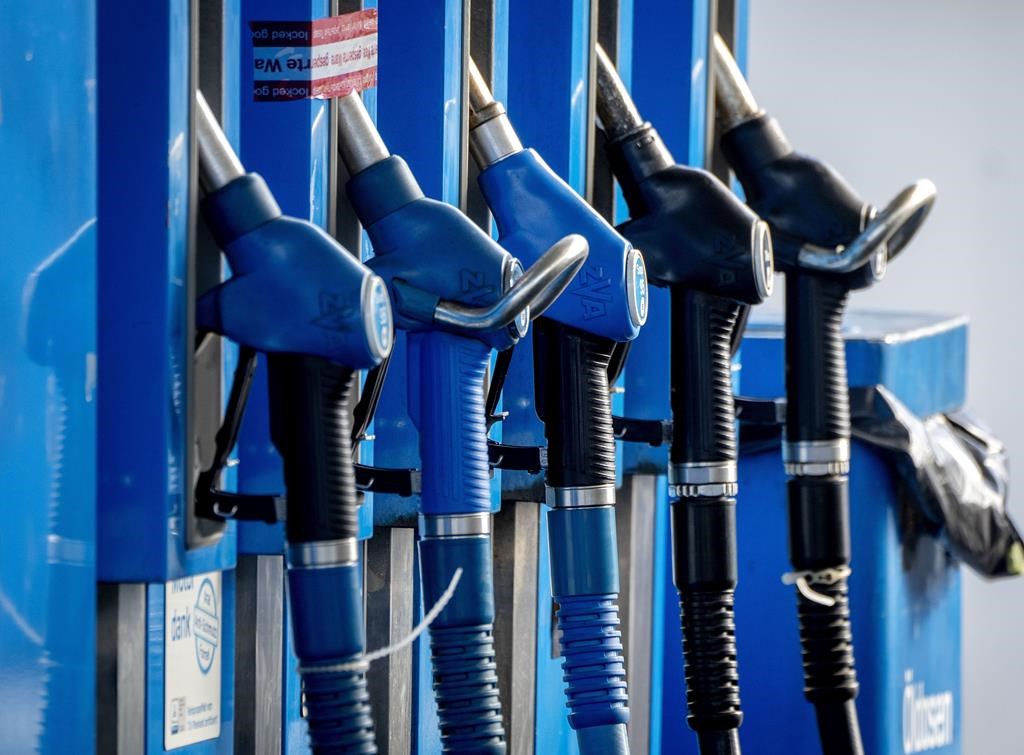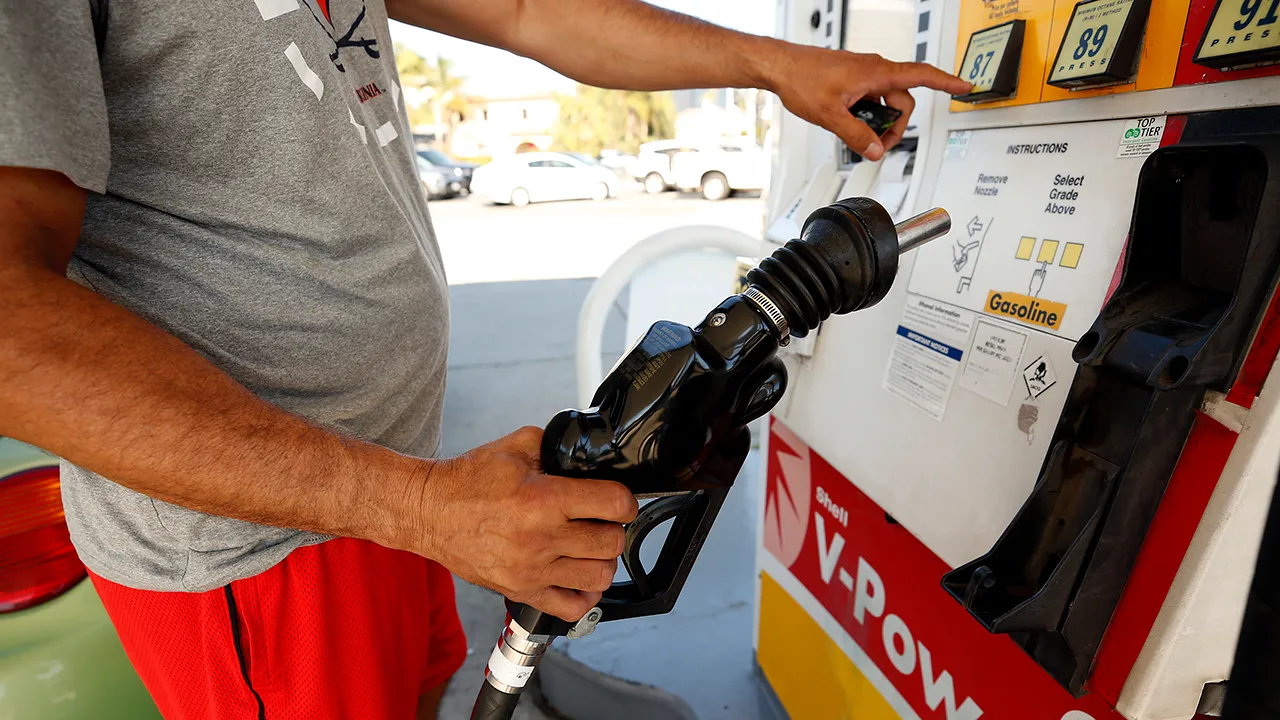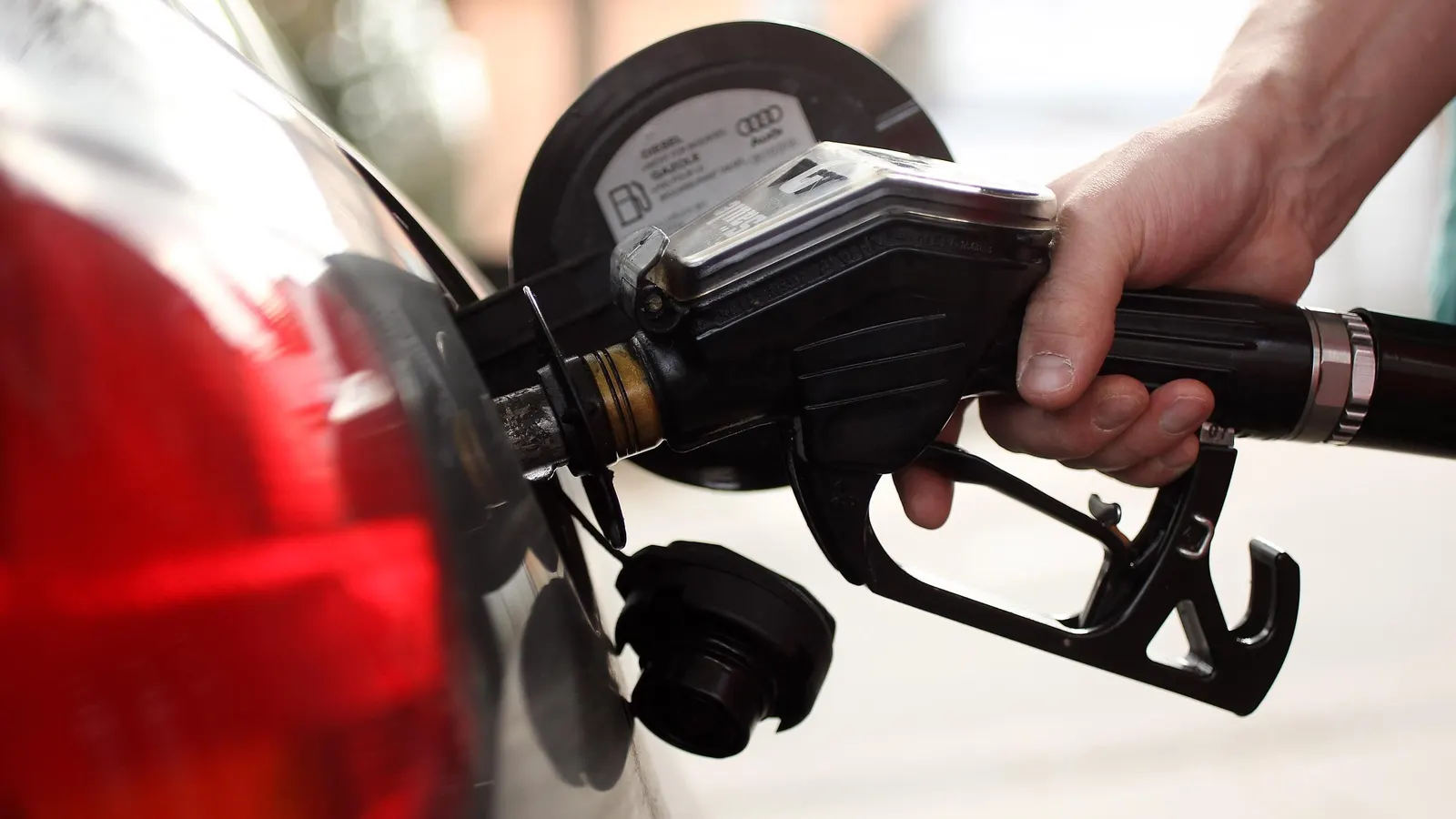As American motorists faced the pinch at the pump with the national average gas prices surging past the $3.50 mark earlier this month, reaching a zenith not seen since October, the volatile dance of fuel prices continues to command attention. Amidst escalating oil prices and geopolitical tensions, this upward trajectory in gas prices has stirred both concern and speculation about the future costs of filling up.
However, the pace of this rise has shown signs of abating, with industry analysts forecasting a potential decline in the longer term.
The Current State of Gas Prices
According to the latest data from GasBuddy and AAA, the average price for a gallon of gas stood at about $3.53 as of this past Saturday. This recent hike in prices is intertwined with the dynamics of rising oil prices and ongoing geopolitical conflicts that have historically influenced fuel markets.
Yet, despite the current uptick, there’s a glimmer of hope for motorists. Patrick De Haan, the head petroleum analyst at GasBuddy, projects a peak in average gas prices to occur around April and May.

De Haan is optimistic, expecting a significant number of gas stations across the U.S. to roll back prices to $2.99 per gallon by the final quarter of 2024.
This sentiment is echoed by a recent AAA analysis, which acknowledged the initial increase in prices at the year’s start but suggested that the easing of prices might only be temporary.
The anticipation of a spring increase in gas pump prices looms, albeit with a potential for relief as the year progresses.
A Comparative Lens on Gas Prices
It’s imperative to contextualize the recent spikes in gas prices within a historical framework to understand their impact. Paul Hickey, co-founder of Bespoke Investment Group, offered a perspective that frames this year’s increase as neither extreme nor worrisome.

By comparing the year-to-year increase in gas prices through March 7 with historical averages, the rise appears to align closely with past trends, signaling a potential for stabilization.
Geographical Variances in Gas Prices
The impact of rising gas prices is not uniformly felt across the United States. Western states are bearing the brunt of the surge, with California, Hawaii, and Washington experiencing the highest average prices for regular gasoline.
This regional disparity underscores the multifaceted nature of fuel pricing, influenced by state-specific taxes, supply chain dynamics, and refinery capacities.
Looking Ahead: What to Expect
Despite the current uncertainties surrounding fuel prices, there are reasons to be cautiously optimistic.
De Haan suggests that gas prices are likely to remain below the $4 per gallon mark and could start to decline by Memorial Day.
This forecast offers a semblance of relief to motorists who have been navigating the choppy waters of fluctuating fuel costs.
A Surprising Historical Fact
Interestingly, there have only been three instances since 2005 when gas prices have decreased at this time of the year, one of which was in 2020, during the unprecedented global shutdowns caused by the COVID-19 pandemic. This anomaly in fuel pricing trends serves as a reminder of the unpredictable nature of global events and their impact on commodity prices.
Will Gas Prices Keep Rising? Analysts Say It’s Likely—But Perhaps Not For Longhttps://t.co/cD05Y0t7o9 pic.twitter.com/20kHJSYLU1
— Forbes (@Forbes) March 30, 2024
A Tangent of Hope: The BP Oil Refinery
In a related development, the BP oil refinery in Whiting, Indiana, is slated to return to full production soon. This facility, pivotal in the refining landscape of the Midwest and the largest operated by BP globally, had faced setbacks due to a power outage.
Its return to full capacity is a positive sign for the stabilization of fuel supply chains, potentially influencing gas prices favorably.
Understanding the Backdrop of Rising Fuel Prices
The recent surge in gas prices can be attributed to several factors, including the upward movement of the West Texas Intermediate and Brent Crude benchmarks.
The geopolitical landscape, marked by tensions and conflicts, alongside strategic decisions by OPEC+ regarding production cuts, plays a significant role in shaping oil prices. These elements collectively contribute to the complex ecosystem of global fuel pricing.

As we navigate through these turbulent times, the evolving narrative of gas prices serves as a testament to the interplay of market forces, geopolitical dynamics, and strategic economic decisions. While the immediate future may present challenges, the prospect of easing gas prices offers a glimmer of hope for American motorists and the broader economy.










